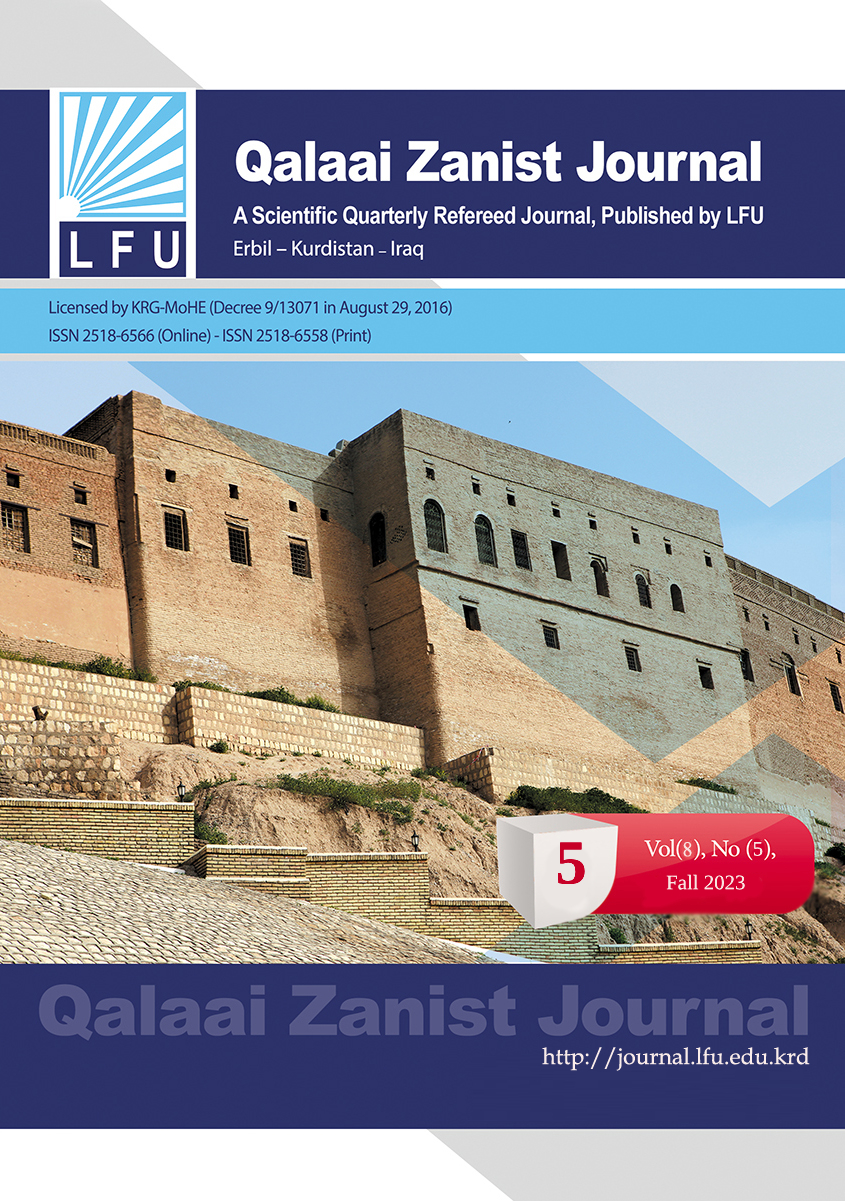Characteristics of minimalism art in the works of (Medhat Kakeyi)
##plugins.themes.bootstrap3.article.main##
Abstract
The advancement of technology affects all areas of life, especially in the field of art. Artists painted in an ideological way, which led to the emergence of several artistic approaches. One of the most important arts that emerges was the art of minimalism. This research discusses the characteristics of minimalism in the works of Medhat Kakey, a new direction of contemporary art. The scope of this research consists of the years in which the artist has performed his artistic works for the works of Medhat Kakey. The purpose of this research is to show the artistic characteristics of minimalism in his works. In addition to the introduction and conclusions, the research is divided into three main topics. The first topic consists of (problems, importance, goals, definition of terms), the second topic includes three points research includes that the art of minimalism among the works of artist) Medhat Kakeyi(, writing separately from the introduction and results and terminology. The second criterion includes three items (the field of minimalism, the history of the emergence of minimalism, and the features of minimalism). The third topic (The sample of the research, sample analysis, conclusions, list of sources and summary of the research in Arabic and English. This research has been made to present the characteristics of minimalism in the works of artist (Medhat Kakeyi). After analyzing the samples, the researcher came to the conclusion that Kurdish artists, especially artist (Medhat Kakeyi) has skillfully painted works that find themselves alongside the world arts, all the characteristics of minimalism art can be seen in his works.
Downloads
##plugins.themes.bootstrap3.article.details##
How to Cite
Copyright (c) 2024 Vian Ahmad Mohammad Sofi، Tania Abdul baser Mohammad Hasan

This work is licensed under a Creative Commons Attribution 4.0 International License.

